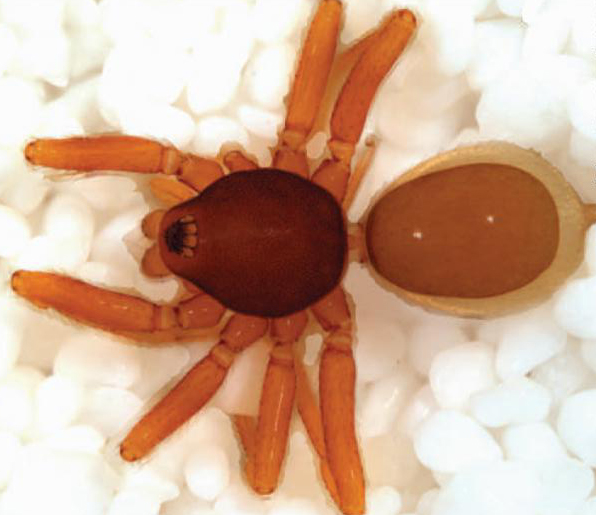
Malagiella ranomafana-one of 140 newly discovered species. Image: California Academy of Sciences
California Academy of Sciences described 140 new species in 2011, spanning six continents and three oceans.
Their results add to the record of life on Earth and help advance research into two of the most pressing questions of our time: “How did life evolve?” and “How will it persist?” By discovering new species, formally describing them and determining their evolutionary relationships to other organisms, scientists provide the crucial foundation for making informed conservation decisions at a national level. Five of these newly discovered species from various geographical areas are described below, proving that there are still plenty of places to explore and things to discover on Earth. For a full list of the species, click here.
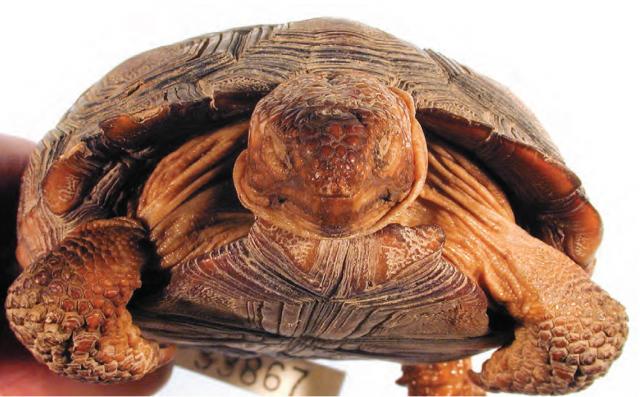
Gopherus morafkai: California Academy of Sciences
Gopherus morafkai (Morafka’s desert tortoise) is a new species of tortoise from Arizona and Mexico. DNA analysis has confirmed that it is a new species distinct from Gopherus agassizii, thought to be one species for the past 150 years. This genetic evidence confirms previous suspicions that tortoises west and east of the Colorado River are two separate species.

Pristiophorus nanycae: California Academy of Sciences
Pristiophorus nancyae or the African dwarf sawshark is a new species collected at a depth of 490 metres off the coast of Mozambique, South Africa. The new species is the second member of the family pristiophoridae and the first member of the genus Pristiophorus. It can be distinguished from the sympatric occurring six-grilled sawshark, Pliotrema warreni by notably having five paired gill openings as opposed to six.
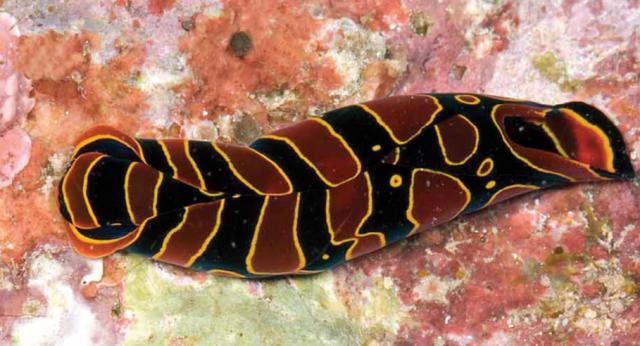
Chelidonura mandroroa: California Academy of Sciences
Chelidonura mandroroa is a new species of sea slug (nudibranch) from the Indo-Pacific. The new species has been found off the coasts of Japan, Taiwan, the Phillipines, Indonesia, Madagascar and Kenya, an impressively broad distribution for a newly recognised species. Nudibranchs use their vivid colours to warn predators of their toxic or unpalatable nature.
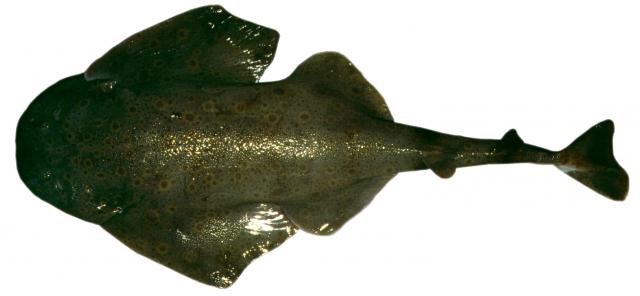
Squatina cailleti: California Academy of Sciences
Squatina caillieti is a new species of angel shark, described from a single specimen collected at a depth of 365 metres off the coast of the Philippine island of Luzon, where it is the only known representative of its family. The new species is closest to Squatina Formosa and Squatina nebulosa, but differs from its congeners based mostly on its unfringed barbels with rod-like tips and its semi-oval shaped upper lip arch.
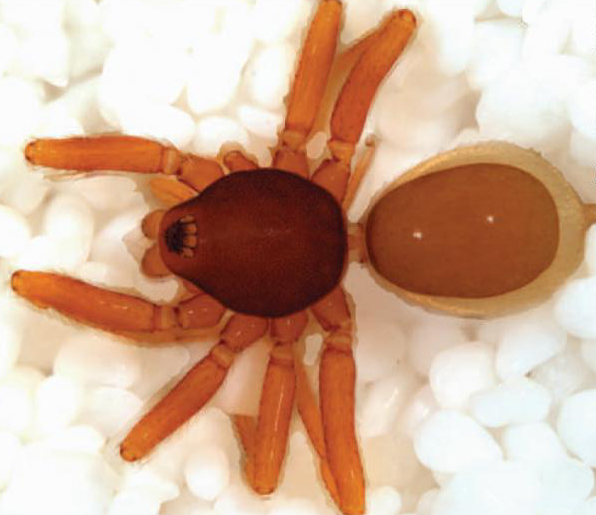
Malagiella ranomafana: California Academy of Sciences
Malagiella ranomafana is one of 10 new species of goblin spider described by Academy Scientists in 2011. Malagiella is also a new genus, found only in Madagascar. The new genus is most similar to the Asian genus Camptoscaphiella in somatic and genitalic features. Malagiella species are very diverse somatically, ranging from dark, big and large eyed to pale, small and reduces-eyed species.
Source: California Academy of Sciences






